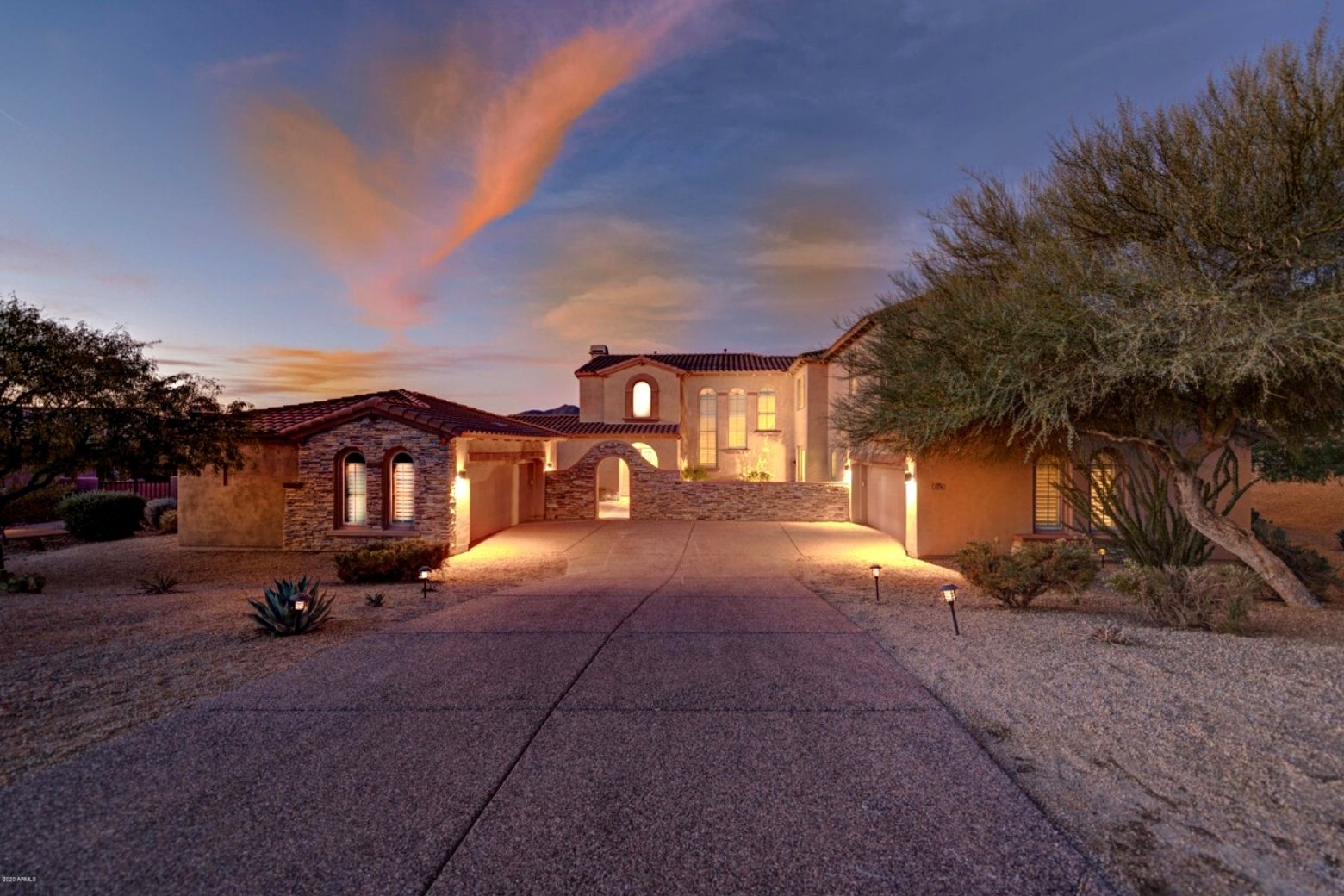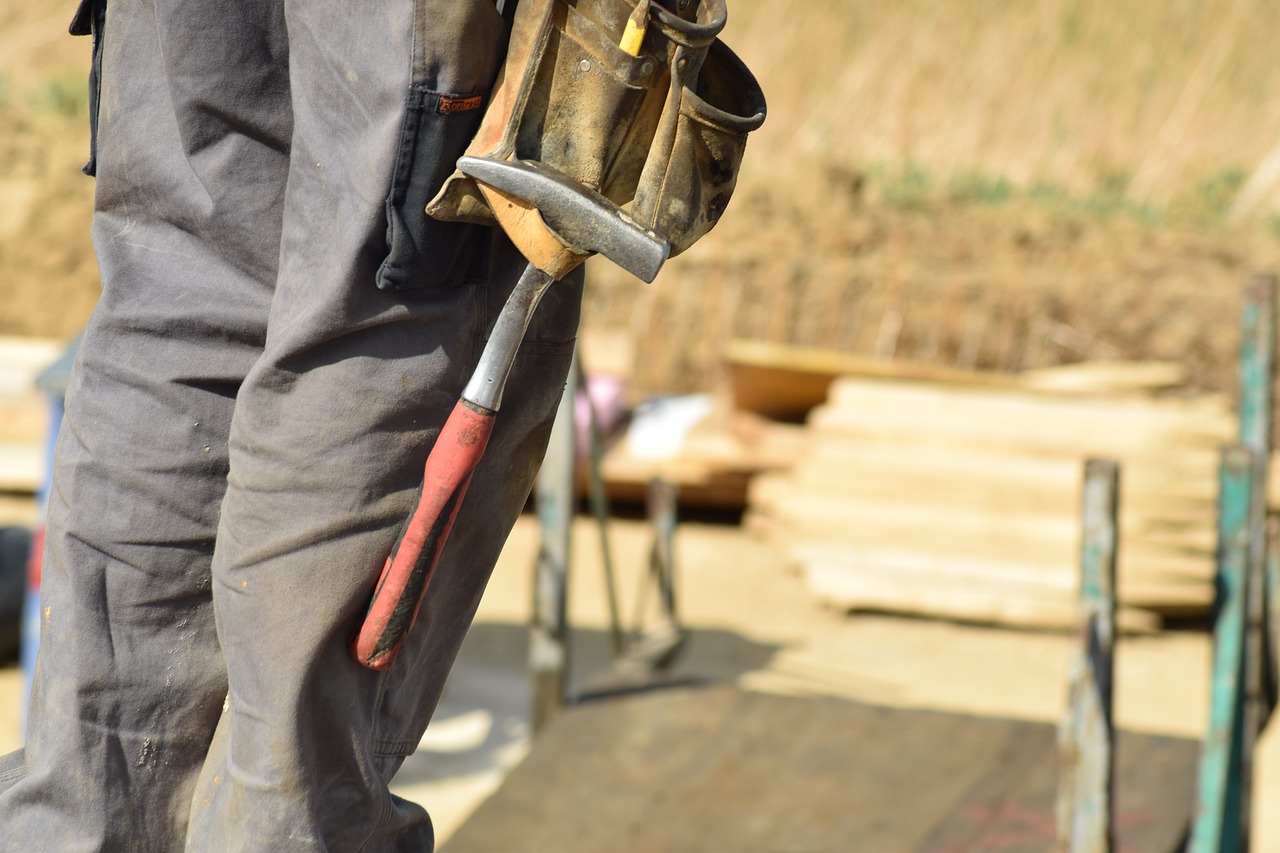The Skilled Labor Shortage
10 Energy Efficient Home Features Every Buyer Is Looking For
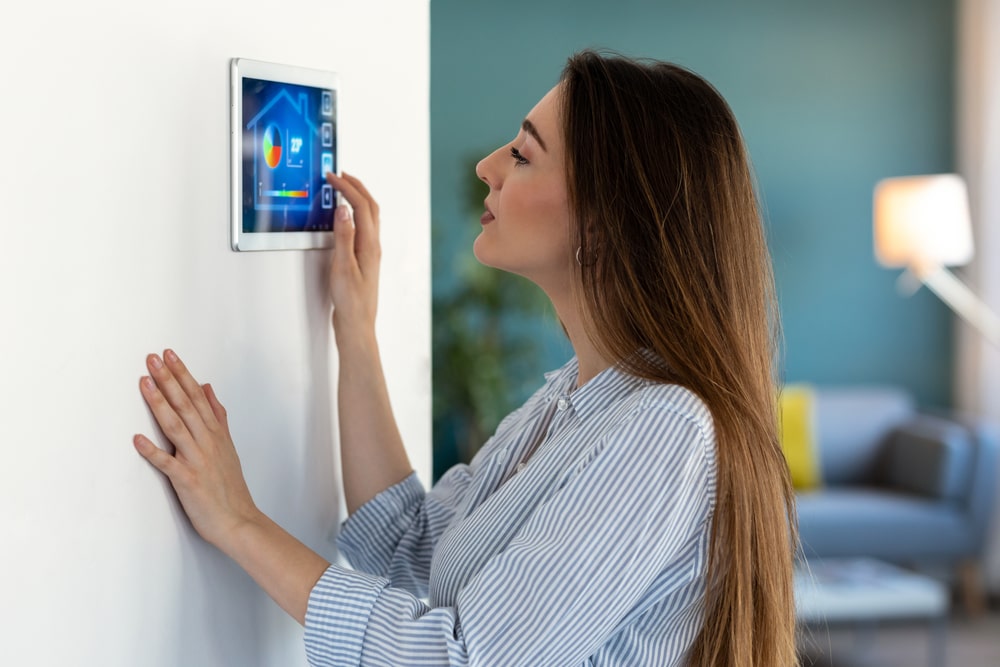
Nowadays, more homebuyers are searching for energy efficient homes to reduce their environmental impact. So, if you’re thinking about selling, consider updating your home to conserve energy use to make it more marketable.
Green technology used to be something you’d see once in a while: a lone home with a solar roof, a random Tesla charging station in a driveway. These days, it’s the norm. As climate change shifts many things about our lives, one of the first places we can respond is in our homes.
An energy-efficient home is designed to reduce waste, carbon footprint, and energy use. It’s also designed to increase efficiency in areas like water, electricity and harnessing solar power. Everything in a home, from the materials used to build it to the appliances inside it, have a huge impact on a home’s footprint.
Not only do energy efficient features improve a home’s re-sale value, they save you as the homeowner thousands of dollars a year. Inefficient homes are wasteful and damaging not just to the environment, but to your wallet as well.
If you’re considering adding eco-friendly features to your home (whether to make money in the future or save money now), these are the 9 energy-efficient home features every buyer is looking for:
1. Landscaping and shade
Greenery isn’t just a way to beautify your lawn, it’s also a way to cool you down in the summer heat. Did you know that trees and other shading fixtures actually reduce the temperature by about six degrees? You add a light breeze to that and it could feel like a totally different season!
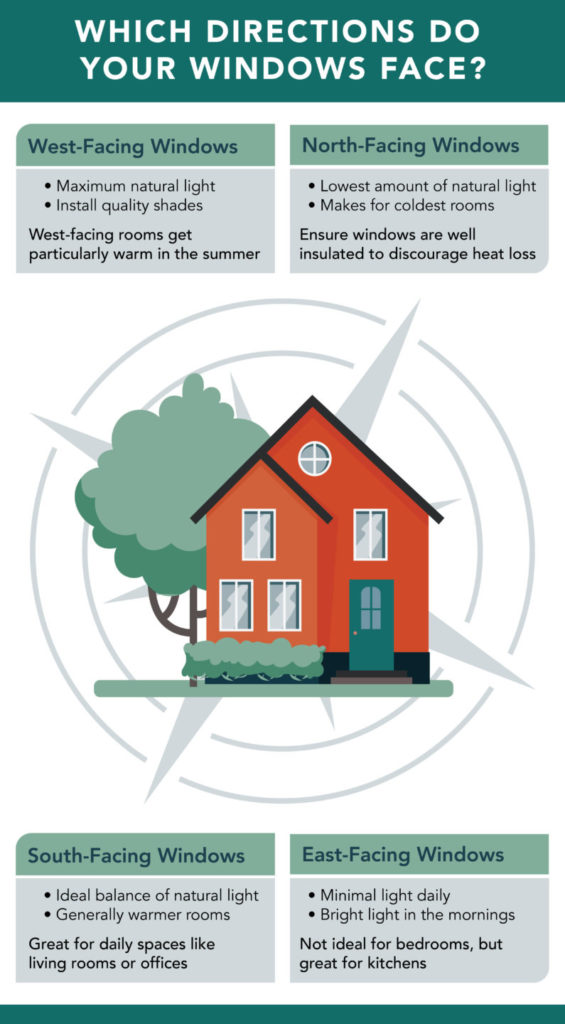
Thinking about both location and tree type is critical when trying to create more sun coverage in your outdoor space. Trees with canopies provide the best shade, but dense shrubs can offer the same relief, and contribute to a manicured, curated yard space. Deciduous trees will block the sun in the summer with their leafy canopy. In the winter, they’ll let in light and shed their leaves. Planting trees on the West side of your home blocks late afternoon sun when daily temperatures reach their peak. You can also plant them to the East and South to reduce early morning and mid-afternoon sun. Not only does this forethought create more outdoor shade, it will lower your bills and help your reputation as an energy efficient home.
2. Energy-efficient HVAC
According to the U.S. Department of Energy, heating and cooling account for nearly half of all energy use in the average home. So if your HVAC is one of the biggest consumers of energy, it should be at the top of your list for energy efficient improvements. One dramatic improvement you can make is by investing in a heat pump. Heat pumps are an eco-friendly option, reducing electricity used by heat by as much as 50%. Another thing to be aware of is the smart functionality newer HVACs offer today: they offer better efficiency ratios and SEER ratings.
3. Proper ventilation systems
Efficient home ventilation is a great way to keep the air clean in your home as its primary purpose is to filter out contaminated air. An energy-efficient home isn’t possible without well-designed ventilation. Start with your windows and fans to increase insulation and air movement. Air and moisture movement across the building’s barrier is also a great way to circulate and rid the home of heat.
Look into weatherstripping your window and door to seal in the air. Pipe wall penetrations and HVAC duct sealing are also great ways to reduce energy consumption. Lastly, sealing your attic hatch opening will prevent excessively hot air from your attic from disrupting your home’s temperature. Ventilation is one of the most significant levers you can pull when it comes to making your home an energy-efficient one.
4. Green technology
Green technology refers to any smart appliance that increases energy efficiency. Things like:
- Smart AC controllers
- Smart thermostats
- Smart bulbs
- Smart blinds
Are all ways we can leverage the convenience and ease of use technology provides us to reduce our environmental footprint. If you are interested in leveling up to an energy efficient home, start with technology.
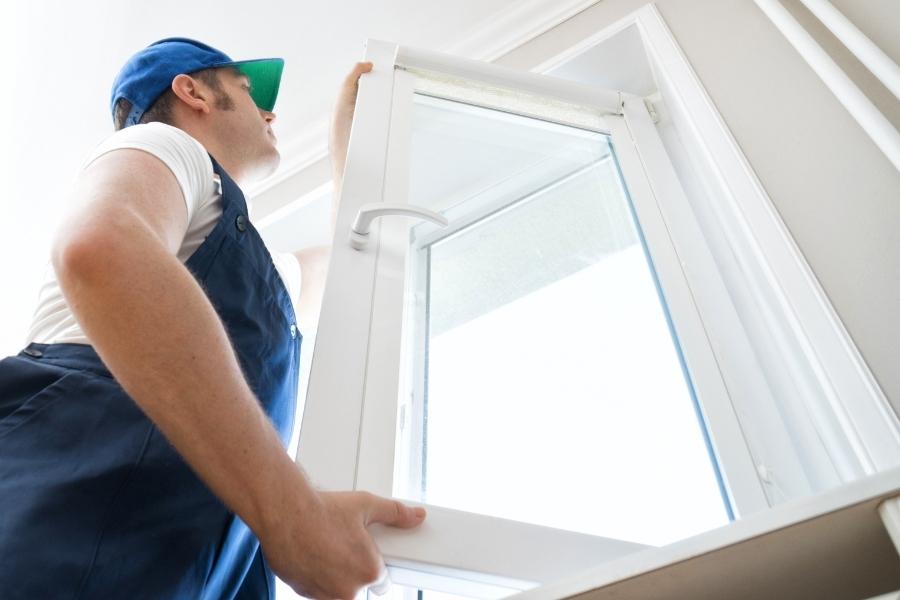
5. Insulation
Educating yourself on your home’s current insulation is the first step towards improving it. You may already know a thing or two about your insulation efficiency from your home inspector, especially if you bought an older home. But when it comes time to sell your home, you’ll need to improve its efficacy.
Insulation is probably the most essential part of temperature maintenance in your home. Reducing your energy consumption is only possible if you increase your insulation. That means checking your attic, walls, and any opportunities for air sealing. Cooling alone taxes your energy consumption up to 16%, so any minor updates here can go a long way in savings.
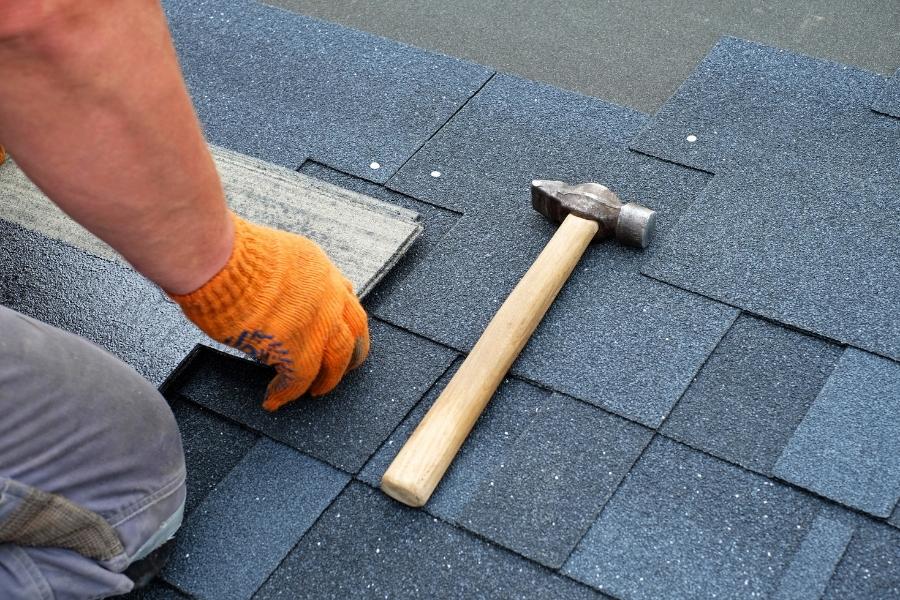
6. Eco-friendly roofing materials
The roof is the first and main point of contact between your energy-efficient home and… the sun. So you better have powerful, protective materials blocking your home’s environment from the heat! Choosing the right roofing materials makes a big difference: it can absorb less heat and deflect more, therefore keeping your home cool and lowering your energy bills.
Other benefits of upgrading your roof to an eco-friendly one:
- Decrease air pollution
- Decrease greenhouse gas emissions
- Lowers energy consumption
- Keeps your home comfortable
7. Energy-Efficient Lighting
Electricity, depending on where you live, may not be as costly as heating and cooling, but there is still a lot of money to be saved. If you haven’t upgraded to LED lightbulbs, you’re certainly burning unnecessary electricity with older, more inefficient options. Lights account for 14% of your overall electric bill and you can dramatically reduce that footprint with a switch to LED. Providing more light and less heat ultimately helps you reduce energy waste by not contributing to warming your home’s temperature.
Aside from the lightbulbs themselves, you can also address the windows to make big changes in your home’s natural lighting. Designing the windows to be useful for natural light during the day can reduce your need for as much electricity. Think positioning reading nooks, home offices, and other living spaces by open, energy-efficient windows. That way you swap natural lighting for wasteful lightbulbs entirely.
8. Water conservation
Beyond just rainwater barrels and improved gutters, energy-efficient homes these days are now inclusive of greywater systems. Grey water is the waste water from your washing machines, showers, and sinks. The greywater recycling system actually carries the greywater runoff away from your home and towards your bathroom or garden.
This system doesn’t just reduce your water consumption, it lowers your water bill by about 50%! You can also install low-flow water fixtures in your kitchen and shower to reduce the volume you use when doing everyday tasks like showering and washing dishes.
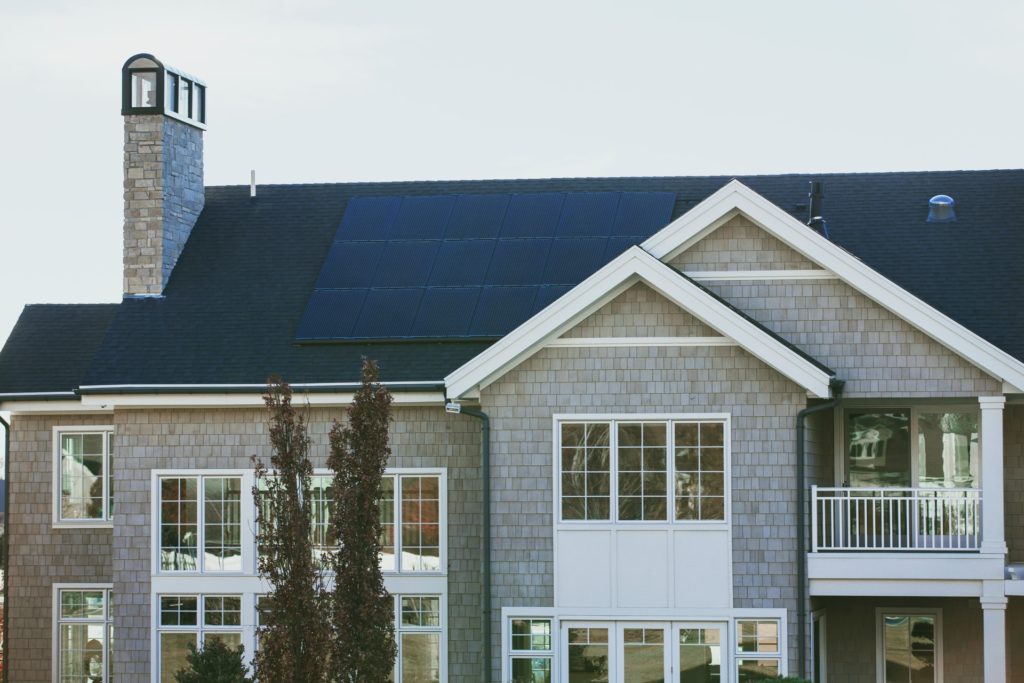
9. Solar features
Solar panels are continuing to gain traction and popularity as a cost-effective, high-impact option for homeowners who want to go green. In fact, in 2019 we reached a record-high of solar panel installations in the US. That’s because they’re one of the fastest, most effective ways to increase conservation in your energy-efficient home. The panels don’t require lots of maintenance, so it’s a low-maintenance investment that will pay dividends in the years to come.
Before considering a solar roof or a solar panel, check to make sure your roof has direct sunlight access. The more tree coverage or shade you have near your roof, the less effective your solar panel will be. Apart from reducing your electricity bills, this environmentally-friendly option also:
- Reduces harmful greenhouse gas emissions
- Lowers your carbon footprint
- Increases energy efficiency
Once you have solar panels installed, you can use the solar energy in a variety of ways. You can heat water, bulbs, and swap solar power for electricity when it comes to almost any home appliance.
So these are our 9 favorite eco-friendly home features, and the ones the modern buyer is always on the lookout for. If you’re considering some of these updates to make a more energy-efficient home, we suggest starting small! Think about window replacements or just better air sealants. Then you can transition to larger investments like ventilation systems and solar roofs. Small changes make big differences when it comes to eco-friendly changes.
If you’re interested but don’t know where to begin, start chatting with a home improvement consultant today! With the help of a licensed expert, you can decide which improvements will generate the most for your home sale.
Plus you don’t lift a finger – we do the work. Click here to get an estimate today!

